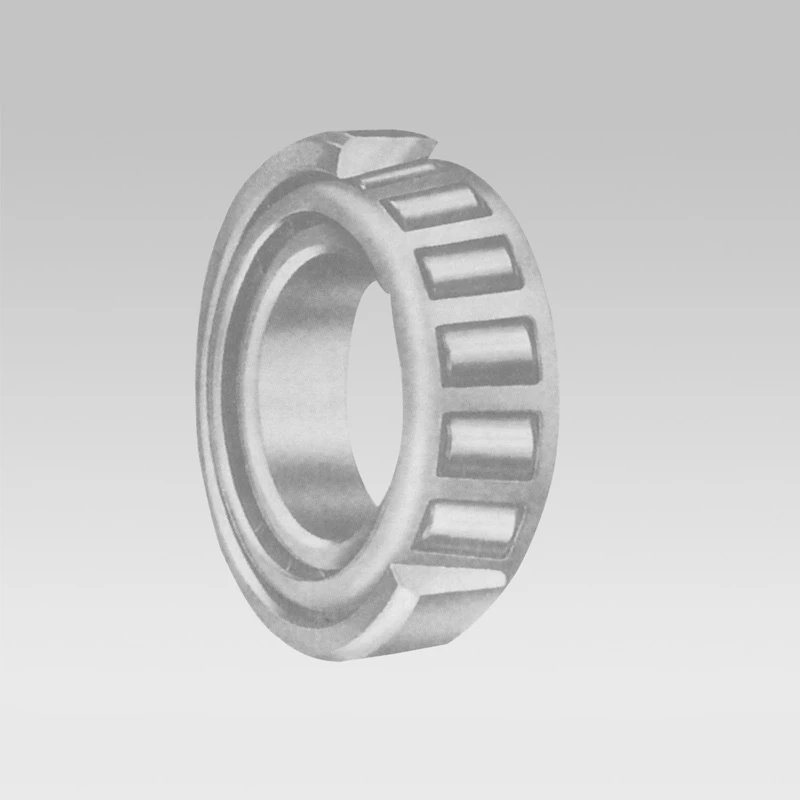
Dec . 06, 2024 08:14 Back to list
Applications and Benefits of Taper Roller Bearings in Various Industries
The Importance of Taper Roller Bearings in Modern Engineering
In the world of mechanical engineering, the efficiency and reliability of machinery are paramount. Among the critical components that ensure smooth operation are bearings, which significantly reduce friction between moving parts. One specific type of bearing that has garnered attention in various applications is the tapered roller bearing. Known for their durability and load-carrying capabilities, tapered roller bearings are integral to many industries, including automotive, aerospace, and manufacturing.
Structure and Functionality of Taper Roller Bearings
Tapered roller bearings consist of an inner ring (cone), an outer ring (cup), tapered rollers, and a cage that holds the rollers in place. The design allows the rollers to have a point contact with the raceways, distributing loads evenly and making them capable of handling both radial and axial loads. This unique structure is what sets tapered roller bearings apart from other types, such as spherical or cylindrical roller bearings. They are specifically designed to handle heavy loads and withstand significant thrust, which is why they are favored in heavy machinery and vehicles.
Applications in Various Industries
Taper roller bearings find applications across a wide spectrum of industries. In the automotive sector, they are widely used in vehicle wheel hubs, transmissions, and differentials, ensuring smooth movement and reducing wear during operation. Heavy-duty trucks and trailers also rely on tapered roller bearings for their wheel assemblies, providing strength and stability on various terrains.
In the aerospace industry, the reliability of tapered roller bearings is crucial. They are used in aircraft landing gear, engines, and auxiliary power units, where their load-bearing capacity and ability to operate under extreme conditions are invaluable. The necessity for precision and performance in this field makes these bearings indispensable, as failures could lead to catastrophic outcomes.
The manufacturing sector also benefits from the use of tapered roller bearings. They are commonly found in various equipment such as conveyor systems, machine tools, and construction machinery. The ability of these bearings to reduce vibration and friction translates into enhanced machine efficiency, lower energy consumption, and increased lifespan of machinery.
taper roller bearings are used

Advantages of Taper Roller Bearings
The advantages of tapered roller bearings go beyond their functional capabilities. One of the primary benefits is their robustness and longevity. When maintained appropriately, these bearings can operate for extended periods, reducing maintenance costs and downtime. They are designed to handle high levels of stress, making them suitable for applications where other types of bearings might fail.
Moreover, tapered roller bearings can accommodate misalignment to some degree, which is often an issue in real-world applications. This adaptability makes them a preferred choice for complex systems where precision alignment is challenging. Their construction allows for easy assembly and disassembly, which further enhances their appeal in manufacturing and machinery maintenance.
Challenges and Considerations
While taper roller bearings offer numerous benefits, they are not without challenges. One of the primary concerns is the requirement for precise alignment during installation. Improper installation can lead to premature failure and increased wear. Additionally, they require regular lubrication to ensure optimal performance, which necessitates a maintenance plan that is both effective and regular.
Furthermore, the manufacturing and material quality of tapered roller bearings can vary significantly. It is crucial for engineers and purchasing managers to select bearings from reputable suppliers to ensure that they meet industry standards. Investing in high-quality bearings can lead to enhanced performance and reliability in machinery.
Conclusion
Tapered roller bearings are a cornerstone in the machinery and automotive sectors, providing strength, precision, and reliability needed in today's fast-paced industrial environments. Their unique design offers significant advantages over other bearing types, such as the ability to handle combined loads and adaptability to misalignment. As technology continues to evolve, the demand for innovative and durable solutions will only increase, reinforcing the importance of tapered roller bearings in engineering applications. The future will undoubtedly see advancements in bearing technology, but the fundamental role of tapered roller bearings will remain integral to mechanical systems across various industries.
Latest news
-
Premium Deep Groove Ball Bearings | High Speed & Reliability
NewsAug.29,2025
-
Durable Scaffolding Clamps - Secure & Reliable Tube Connectors
NewsAug.28,2025
-
Common Failures in Thrust Ball Bearings and Solutions
NewsAug.22,2025
-
How Tapered Roller Bearings Can Take Shock Loads
NewsAug.22,2025
-
Angular Bearings in High-Precision Spindles
NewsAug.22,2025
-
The Impact of Misalignment on Cylindrical Roller Bearing Performance
NewsAug.22,2025
